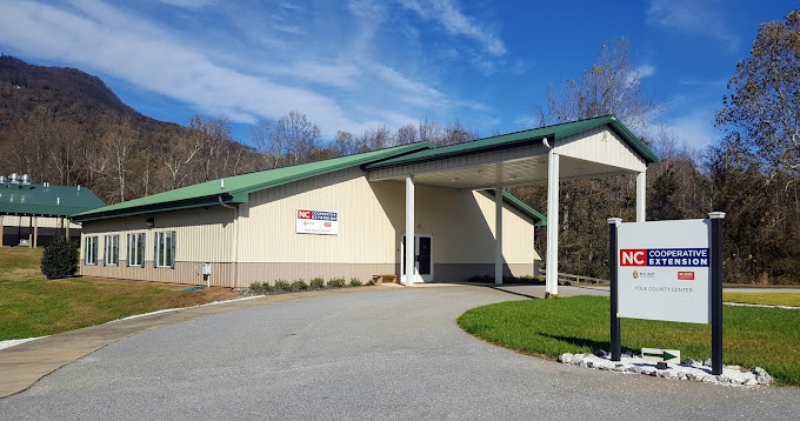The Block House…a major stopover for drovers
Published 10:51 pm Tuesday, September 23, 2014
A major friendship treaty in 1755 between the South Carolina Colony and the Cherokee Nation established the Old Indian Boundary Line, which began at a point near present-day Tryon on the North and South Carolina Colonies border, and followed a line due south to the Enoree River below present-day Greer, then along the river for a number of miles.
All lands west of this boundary line (present-day Greenville, Pickens, Oconee and Anderson Counties) were held by the Lower Cherokee Indian Nation until ceded to the State of South Carolina in 1777.
The beginning point of the boundary line is marked by The Cherokee Rock, a large, triangular stone set on end in the pasture at the original Block House site beside present-day Block House Drive. It can be easily viewed all year except for summer and early fall when there is heavy growth along the pasture fence. Two states and three counties (Polk, Spartanburg and Greenville) converge at that single spot.
Trending
The original Block House (circa 1756) was a trading post with some fortification to offer a degree of security to nearby settlers. The Blackstock Road began at the Block House location and was the major north-south thoroughfare going through Fairforest, Spartanburg and points south to Columbia. (The eventual Howard Gap Road led north from the Block House, following the route taken by Capt. Thomas Howard and his young band of North and South Carolina militiamen through the little-known gap to surprise renegade Cherokees and Tories in the Battle of Round Mountain.)
The Block House provided an overnight place for stagecoach passengers, but its most-used stopover amenity was its campground for drovers from North Carolina and Tennessee mountains on their way to Columbia and Charleston markets.
The drovers traveled by horseback or on foot, herding horses, mules, cattle, sheep, hogs, turkeys and geese. The trading post provided enclosed lots for the horses and cattle or sheep and pens for the hogs, geese and turkeys.
Several drovers from the same area would often drive their herds at the same time and have one or more wagons accompany them. This way, they could camp adjacent to each other and pool their foodstuff, cook and eat together. Their meals would be prepared over open fires in iron pots, iron skillets, Dutch ovens and metal coffee pots, along with oaken water buckets.
It was not uncommon to see upwards of three-dozen wagon stopovers on the campground on a given night. A number of the wagons would carry produce – pumpkins, sweet and Irish potatoes, beans, peas, apples, cabbage – or home-cured hams and shoulders, or chestnuts.
After selling their produce or cattle in lower South Carolina markets, the wagons would be loaded with goods to be used personally or sold to customers back home, items such as salt, sugar and soda, or cloth, thread, shoes, hammers, nails, plows and carpenter tools.
Trending
In addition to drovers, other local farmers would use the facilities at the Block House to swap and sell horses and mules, and to sell feed to drovers for their herds.
It was also a favorite spot for occasional cockfighting, or gambling and wild drinking parties. Moonshiners from the area found a ready market for their white lightnin’ among the stopovers. These activities were objectionable to many local residents who were able to limit or ban them in the mid-1800s.
When the railroad to Saluda was completed in 1878, activity at the Block House began to wane considerably. Trains transported passengers, produce, cattle and other animals that had been hauled on wagons or delivered by drovers.
In 1942, the Block House’s remains were purchased by Carter Brown for a couple in Chicago. He subsequently renovated and modernized the building, repairing the dilapidated exterior and installing a bathroom. Oliver Campbell, then president of Converse College, purchased the property and moved the structure 300 feet north into North Carolina. He added a new wing, a second bathroom and a swimming pool. The property was then conveyed to Converse College. A number of other owners and renovations have been involved since that time.
Carter Brown brought gambling back to the Block House grounds in the 1940s, however, through steeplechase racing. Campbell continued it after his purchase, and convinced the trustees of Converse to allow the activity, the only gambling institution in the nation owned by a college or university. The Block House Steeplechase still runs today at the Foothills Equestrian Nature Center’s new dirt track on Hunting Country Road.
But, as one slowly drives down Block House Drive looking for the Cherokee Rock, it is easy to imagine drovers of a bygone age with their herds of horses, cattle and pigs, or gaggles of geese, lazily meandering down the road.





